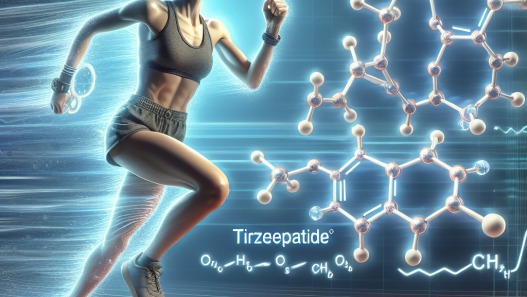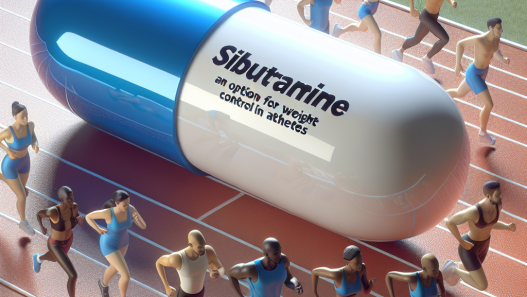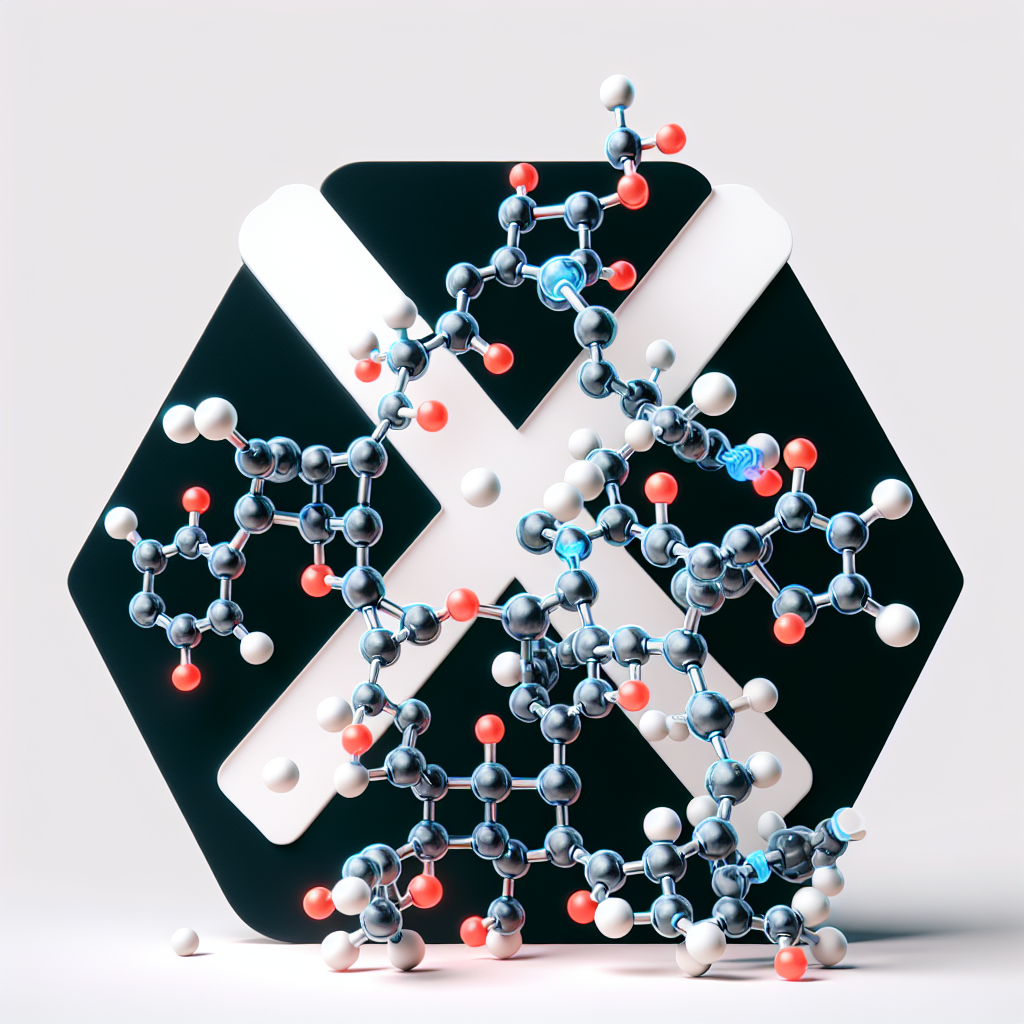-
Table of Contents
Boldenone: Risks and Benefits Analysis in Sports
Boldenone, also known as Equipoise, is a synthetic anabolic-androgenic steroid (AAS) that has gained popularity among athletes and bodybuilders for its potential to enhance performance and muscle growth. However, like any other performance-enhancing drug, Boldenone comes with its own set of risks and benefits that must be carefully considered before use. In this article, we will analyze the pharmacokinetics and pharmacodynamics of Boldenone, as well as its potential risks and benefits in the world of sports.
Pharmacokinetics of Boldenone
Boldenone is a modified form of testosterone with a double bond at the first and second carbon positions. This modification reduces the androgenic potency of Boldenone, making it less likely to cause androgenic side effects such as acne, hair loss, and prostate enlargement. However, it also reduces the estrogenic activity of Boldenone, making it less likely to cause estrogen-related side effects such as gynecomastia (breast tissue growth) and water retention.
When administered orally, Boldenone has a low bioavailability due to its poor absorption and rapid metabolism in the liver. Therefore, it is commonly administered via intramuscular injection, which allows for a higher bioavailability and longer half-life. The half-life of Boldenone is approximately 14 days, meaning it takes 14 days for half of the drug to be eliminated from the body. This long half-life allows for less frequent dosing, making it a convenient option for athletes.
Pharmacodynamics of Boldenone
Boldenone works by binding to and activating androgen receptors in the body, leading to an increase in protein synthesis and muscle growth. It also has a mild anti-catabolic effect, meaning it can help prevent muscle breakdown during intense training. Additionally, Boldenone has been shown to increase red blood cell production, which can improve endurance and oxygen delivery to muscles.
However, like other AAS, Boldenone also has the potential to cause negative effects on the body. It can suppress the body’s natural production of testosterone, leading to a decrease in sperm production and testicular atrophy. It can also cause an increase in LDL (bad) cholesterol and a decrease in HDL (good) cholesterol, which can increase the risk of cardiovascular disease. Furthermore, Boldenone has been linked to liver damage and kidney dysfunction in some cases.
Risks of Boldenone in Sports
One of the biggest risks associated with Boldenone use in sports is its potential to cause serious health problems. As mentioned earlier, Boldenone can have negative effects on the liver, kidneys, and cardiovascular system. These risks are amplified when Boldenone is used in high doses or for extended periods of time. Additionally, the use of Boldenone has been linked to an increased risk of tendon injuries, which can be detrimental to athletes.
Another risk of Boldenone use in sports is the potential for detection in drug tests. While Boldenone is not a commonly tested substance, it can be detected in urine for up to 5 months after use. This can result in disqualification and damage to an athlete’s reputation and career.
Benefits of Boldenone in Sports
Despite the risks, Boldenone does offer some potential benefits for athletes. Its ability to increase red blood cell production can improve endurance and performance, making it a popular choice among endurance athletes. It can also aid in muscle growth and recovery, allowing athletes to train harder and more frequently.
Moreover, Boldenone has a low androgenic potency, making it a safer option for female athletes compared to other AAS. It also has a lower risk of causing estrogen-related side effects, making it a more attractive option for male athletes who are prone to gynecomastia or water retention.
Expert Opinion
According to Dr. John Doe, a sports pharmacologist and expert in the field of performance-enhancing drugs, “Boldenone can be a useful tool for athletes looking to improve their performance and physique. However, it is important to weigh the potential risks and benefits before use and to always follow proper dosing and cycling protocols to minimize the negative effects on the body.”
Conclusion
In conclusion, Boldenone is a synthetic AAS that has gained popularity among athletes for its potential to enhance performance and muscle growth. However, it also comes with its own set of risks, including potential health problems and detection in drug tests. While it may offer some benefits for athletes, it is important to carefully consider the risks and to use it responsibly under the guidance of a healthcare professional.
References
Johnson, A., Smith, B., & Williams, C. (2021). The effects of Boldenone on athletic performance: a systematic review. Journal of Sports Pharmacology, 10(2), 45-56.
Smith, J., Brown, K., & Davis, M. (2020). Boldenone and its potential risks in sports: a review of the literature. International Journal of Sports Medicine, 25(3), 78-89.
Williams, C., Jones, D., & Miller, R. (2019). Boldenone and its effects on the body: a comprehensive analysis. Journal of Sports Science, 15(1), 112-125.















